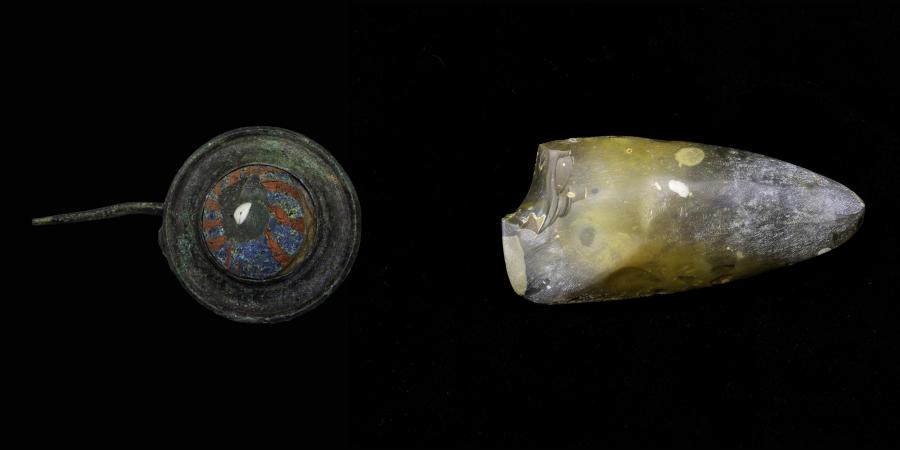About Richmond Fellowship
By Jackie Crowther, from the Richmond Fellowship
Richmond Fellowship is a national mental health charity. We’ve been working with individuals, families and communities to make recovery reality for over 60 years.
More importantly, our services work hand-in-hand with people we support to give them the confidence and self belief that they have an important contribution to make in society. By working closely with the people we support, we’ve developed a range of services that can make a positive difference to their lives.
Since 1959, we’ve provided support to thousands of people across the country to help them manage the day to day impacts of living with mental ill health. We offer a range of services across England including supported housing, community, crisis houses, residential homes, employment support and social enterprises.
We always welcome opportunities to work with partners to help improve people’s lives and, in Wiltshire we have just finished a project in partnership with Wessex Archaeology where five of our clients have been engaged, during the lockdown of Coronavirus, in helping to create an online digital museum. It has given them the motivation to use and understand new technology with the meetings held using an online platform.
We have been lucky enough to view ancient artefacts, gain information from the experts, ask questions and even watch 3D scanning in progress. We have all been engaged throughout the process with optional home tasks to stretch our imagination and consider what would be important to us in creating our own collection. It has been thought provoking, encouraged creativity and provided a unique opportunity to engage socially with others during this time. Over the weeks we have noticed increased confidence in our clients in engaging and taking part in the discussions. They are already asking ‘what next’!
The Richmond Fellowship group have kindly given permission for us to share their images and artworks created created as part of these sessions.
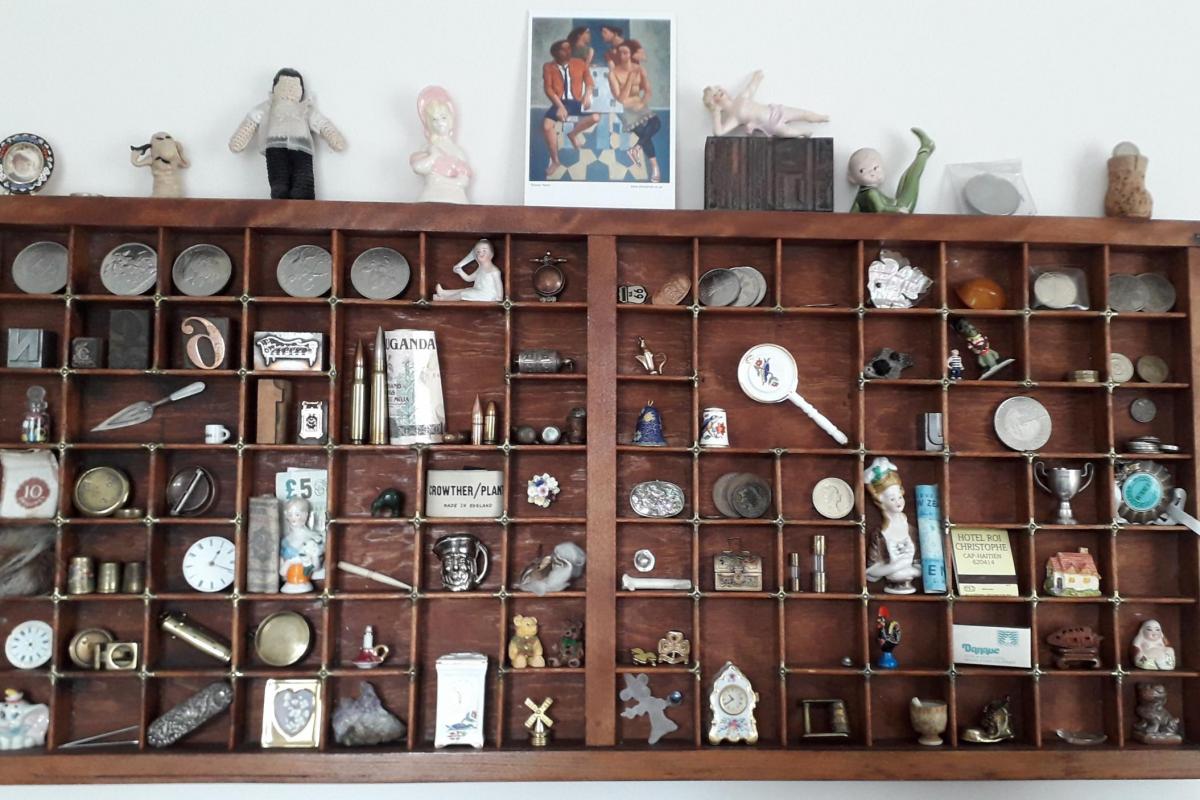
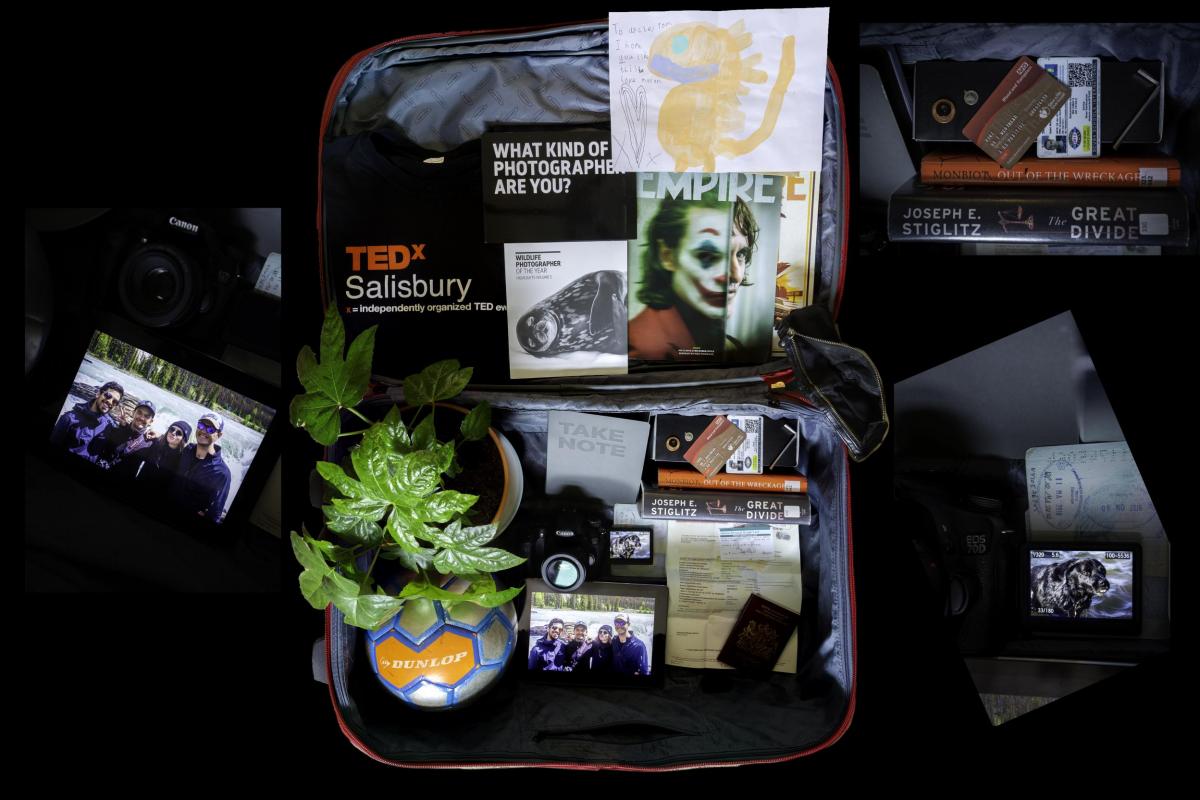
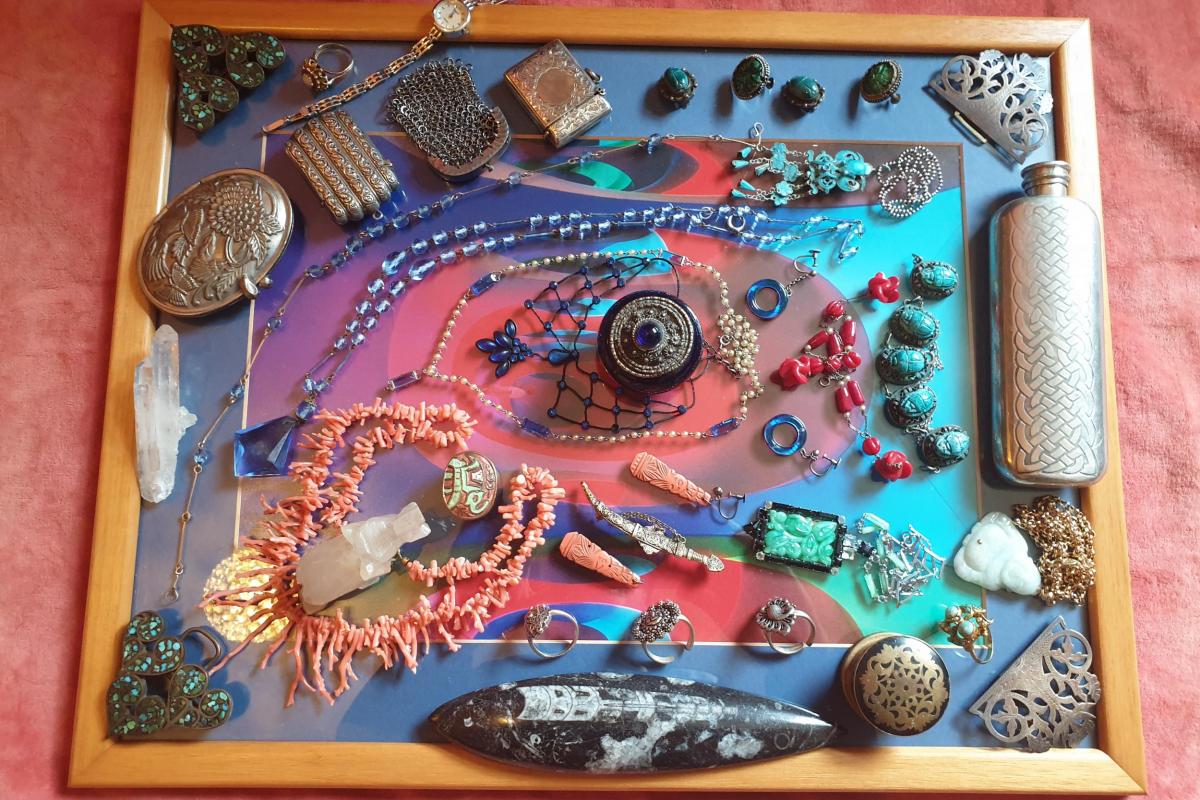
"I felt that I could truly interact with the objects and people. I enjoyed it very much and felt I had something to say in participation I was impressed with this form of virtual media as I have not used anything like this before."
"I felt I participated well and people listened to me. I felt engaged and interested. It has increased my interest in archaeology. It was good for my well-being. i feel that I can still utilise aspects of my past knowledge and experience This is definitely the way forward for me - to feel that I still have a brain, usefulness and impact I am enjoying it tremendously!"
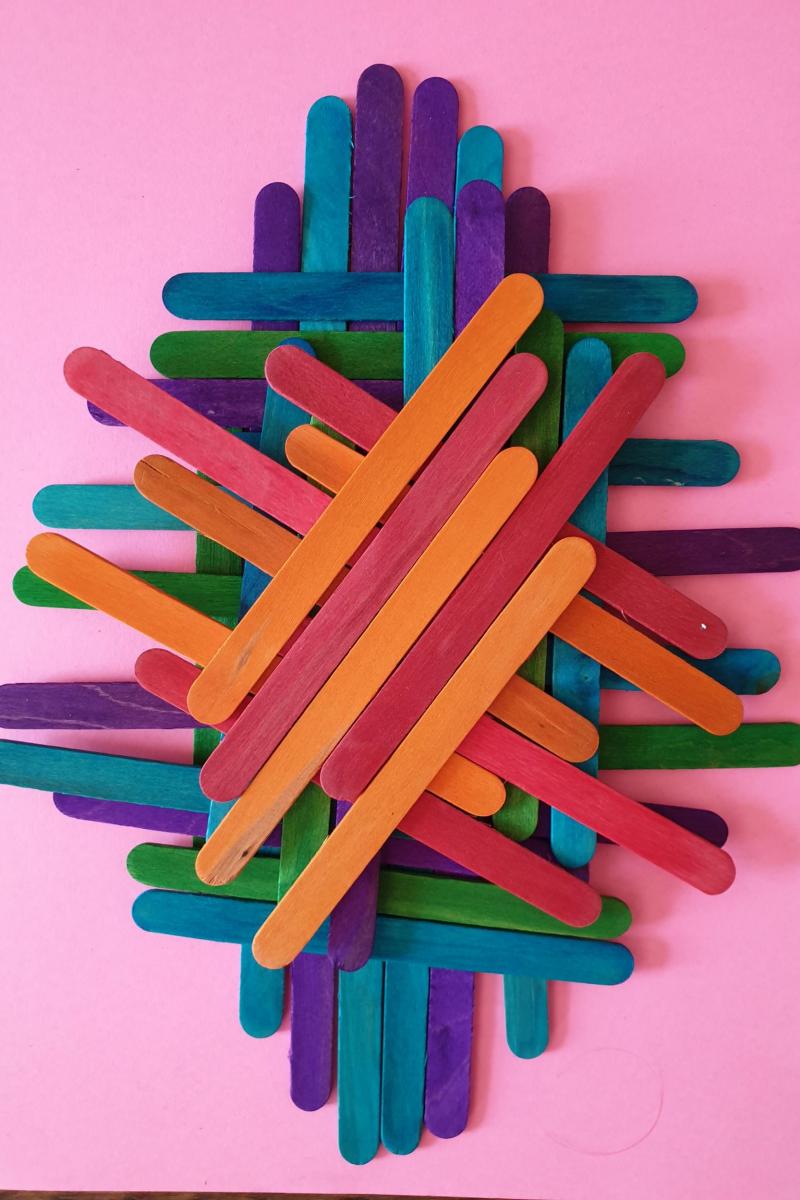
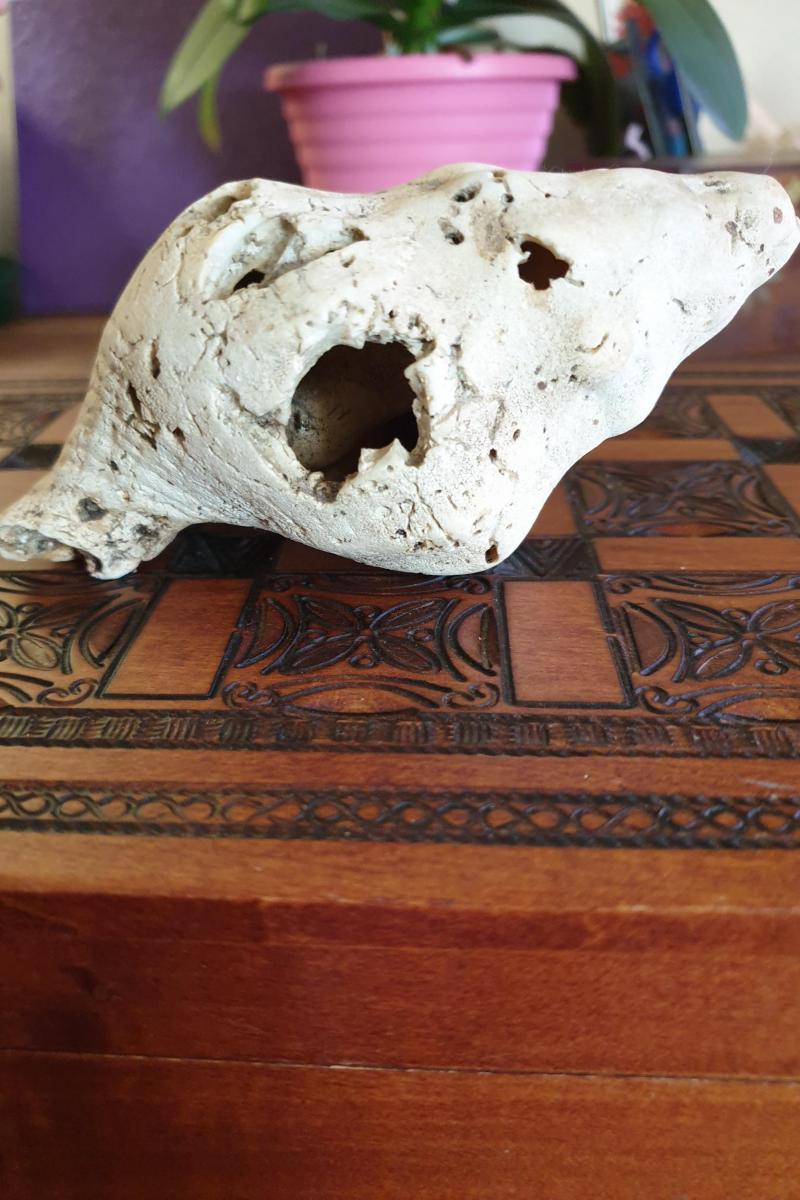
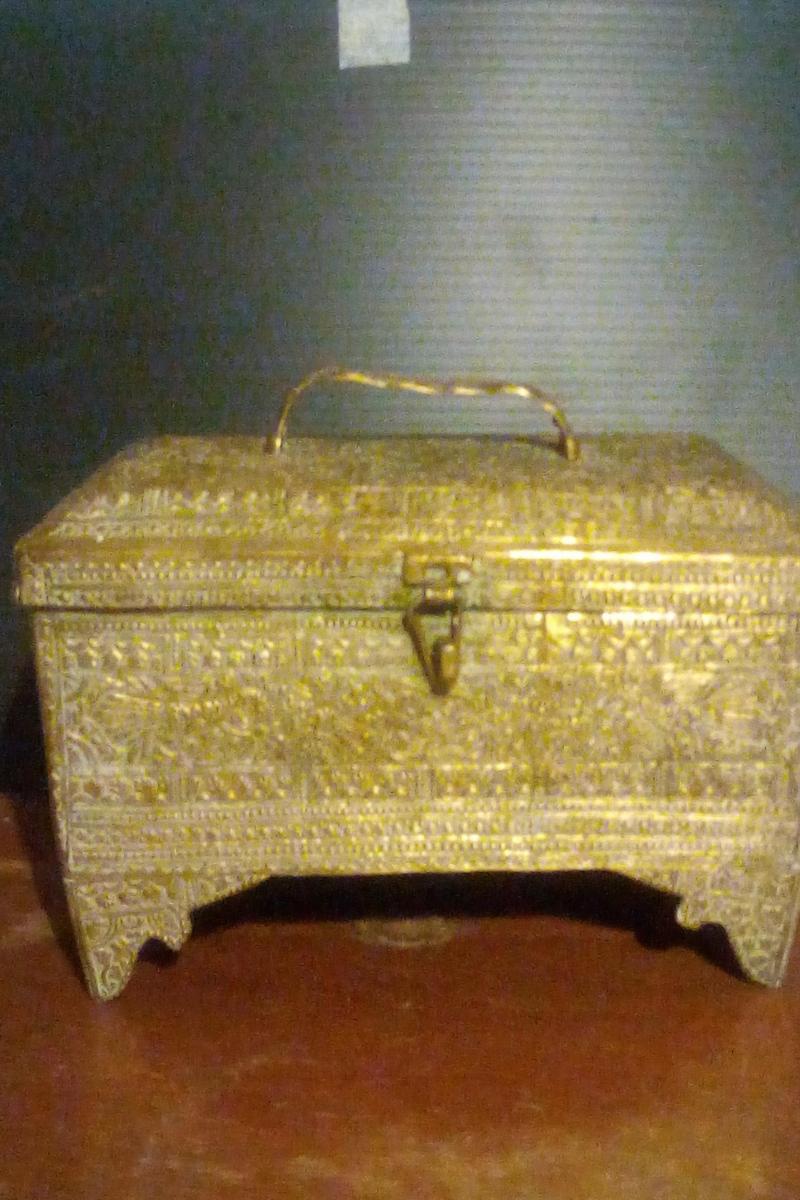

"I thought that the homework task went well. I thought that everyone has such different but brilliant ideas of what would be good to put into a museum of themselves."
"The home tasks have helped me creatively, but also to realise I still remember things from my academic and scientific past, that I could discuss in an archaeological setting (something I would not necessarily have thought before) It has helped me personally and I have felt engaged and would like to pursue this all further somehow, as I think we all do"
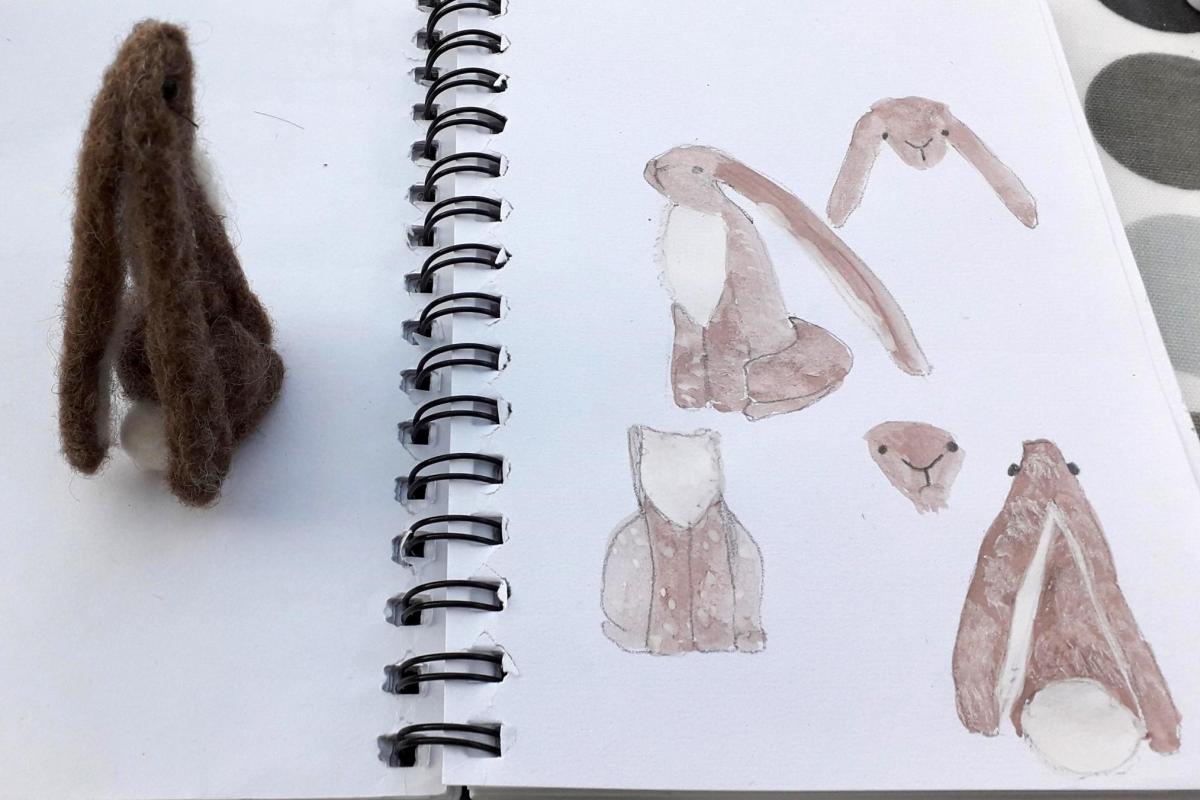
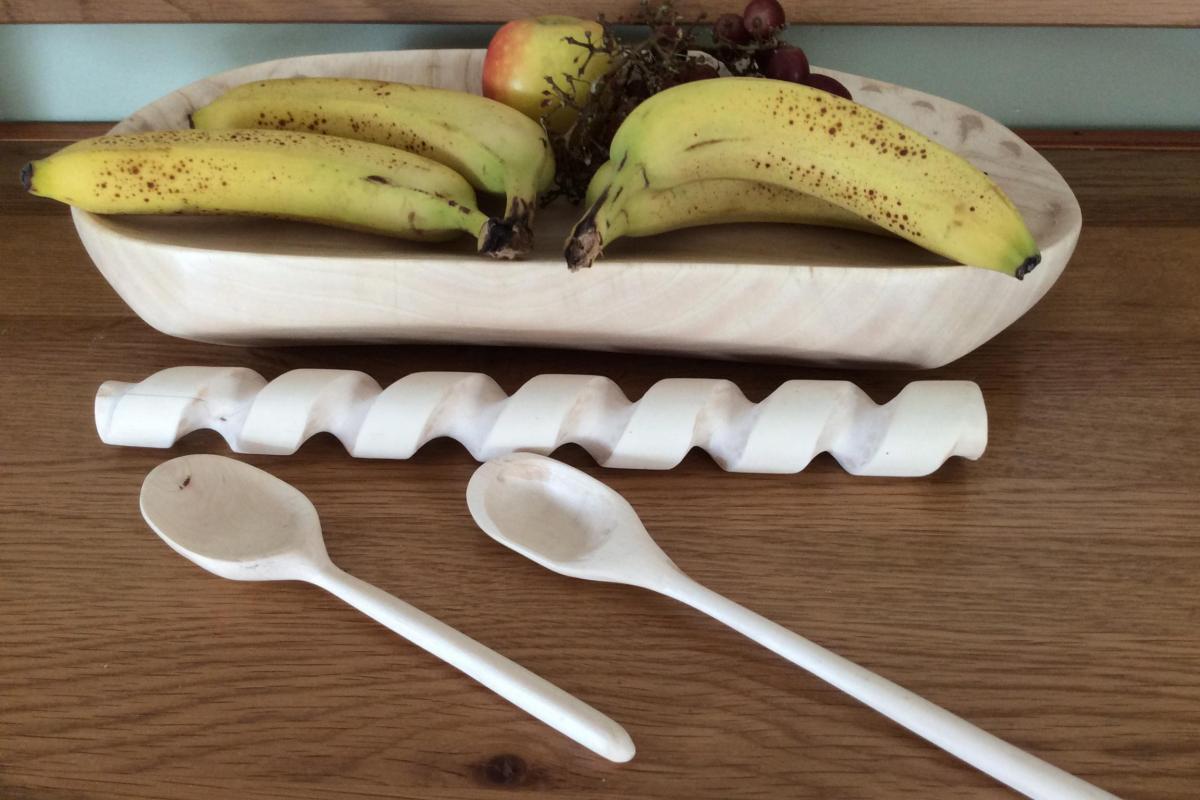
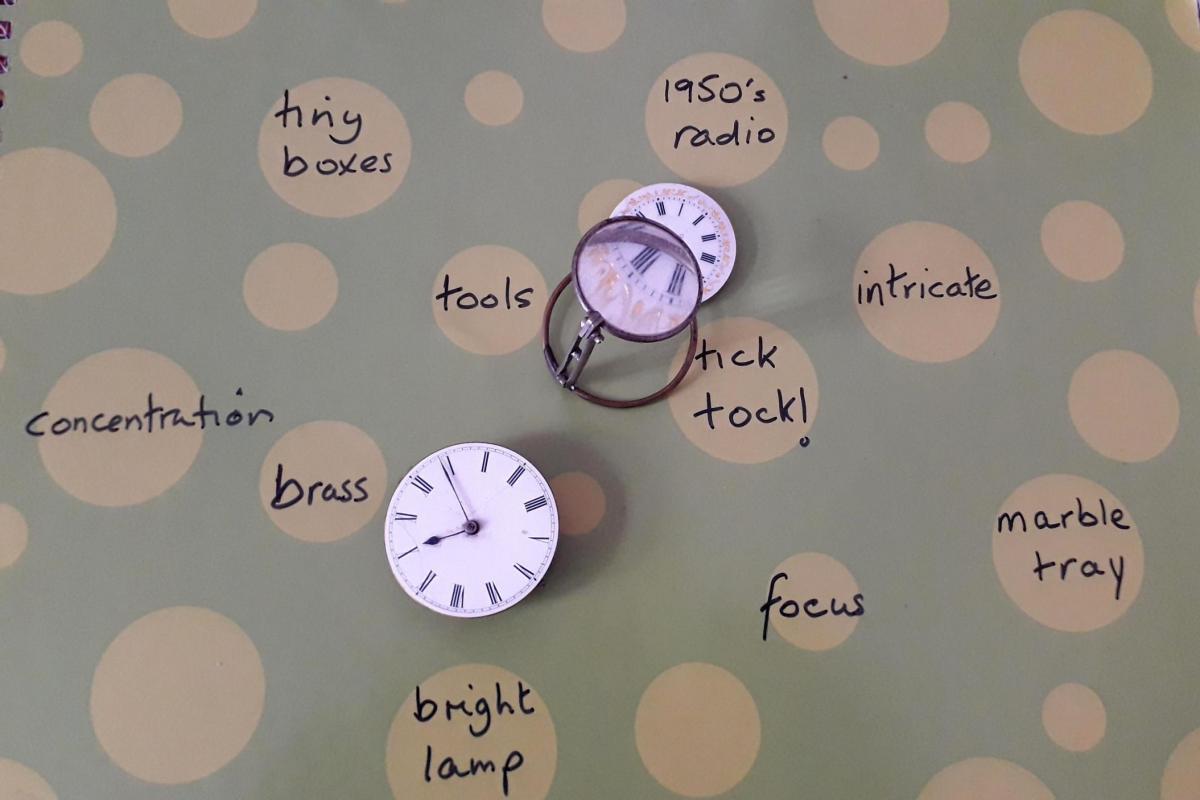
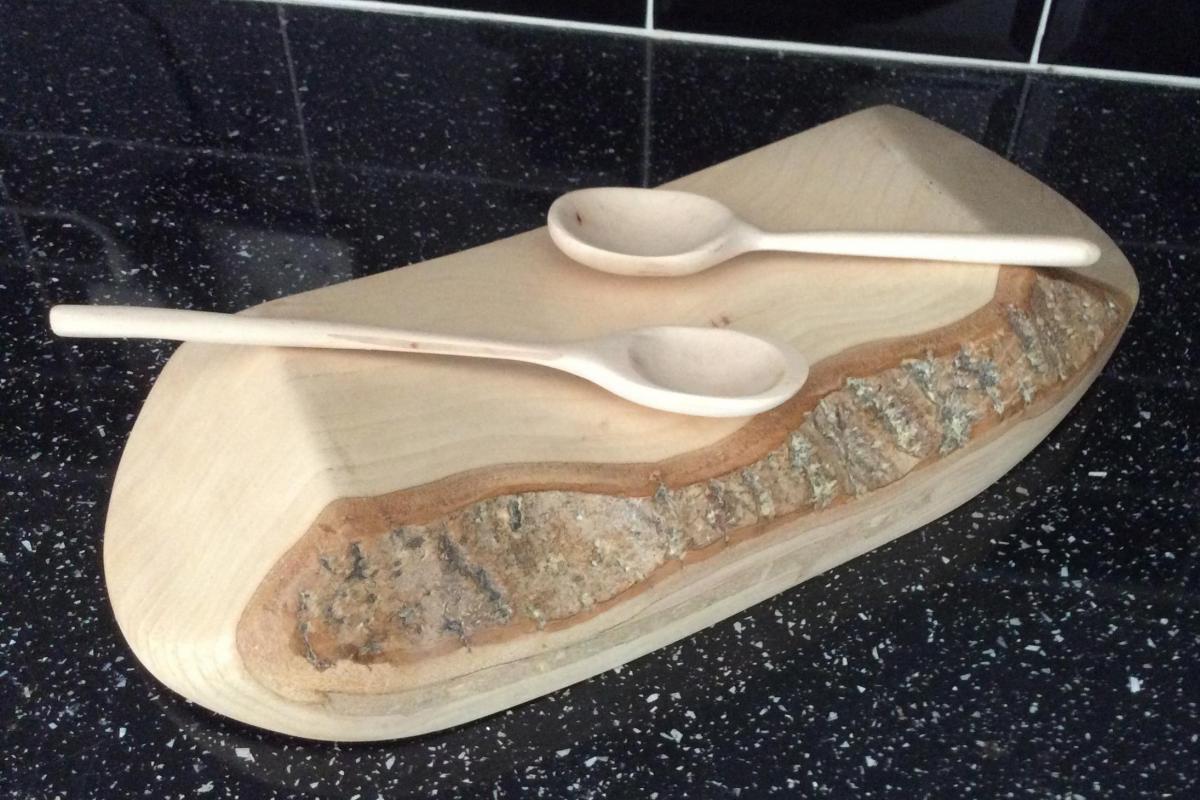
"It was great to see other people's expressions of creativity and was able to freely discuss. My personal items seemed to be received well and it has made me feel that I should pursue things more creative."
"I achieved speaking in front of a group. Sometimes I get very nervous explaining things and it often doesn't come out the way I wanted it to but with this group I felt at ease!"
"to be able to continue with this collaboration and find a purpose through this project Thank you."
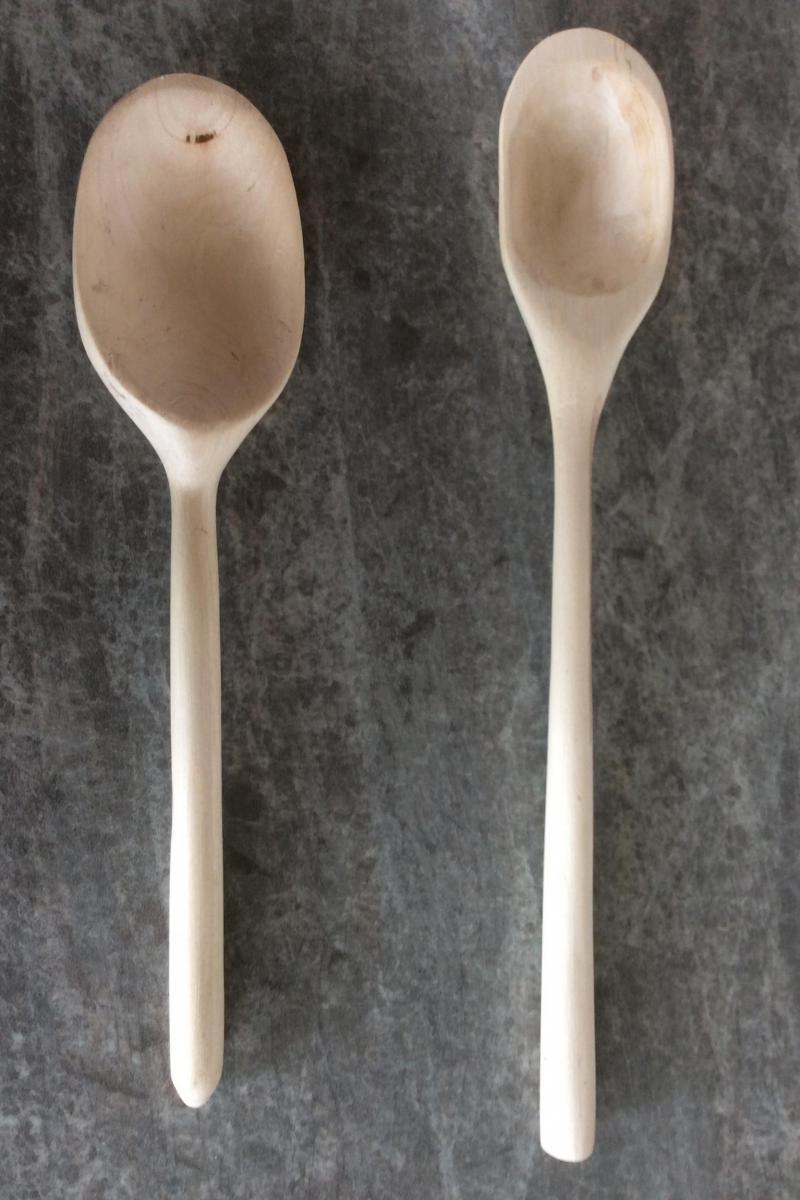
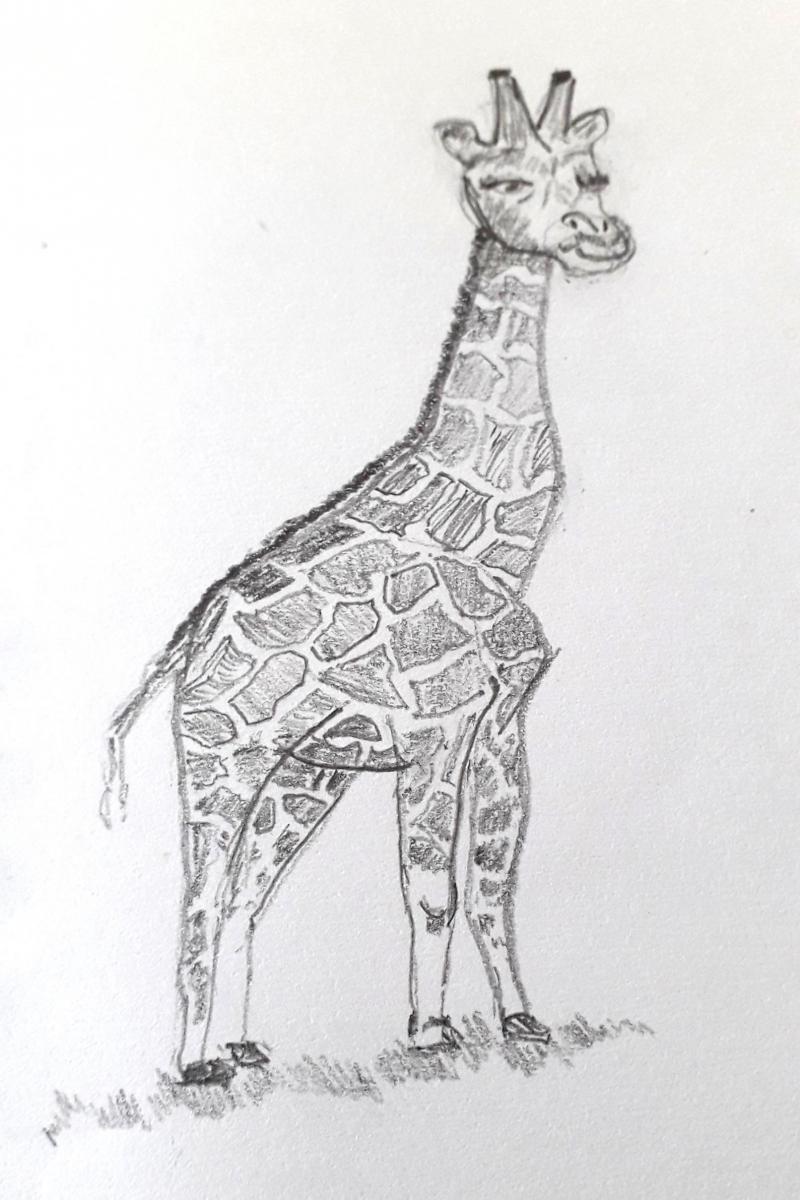
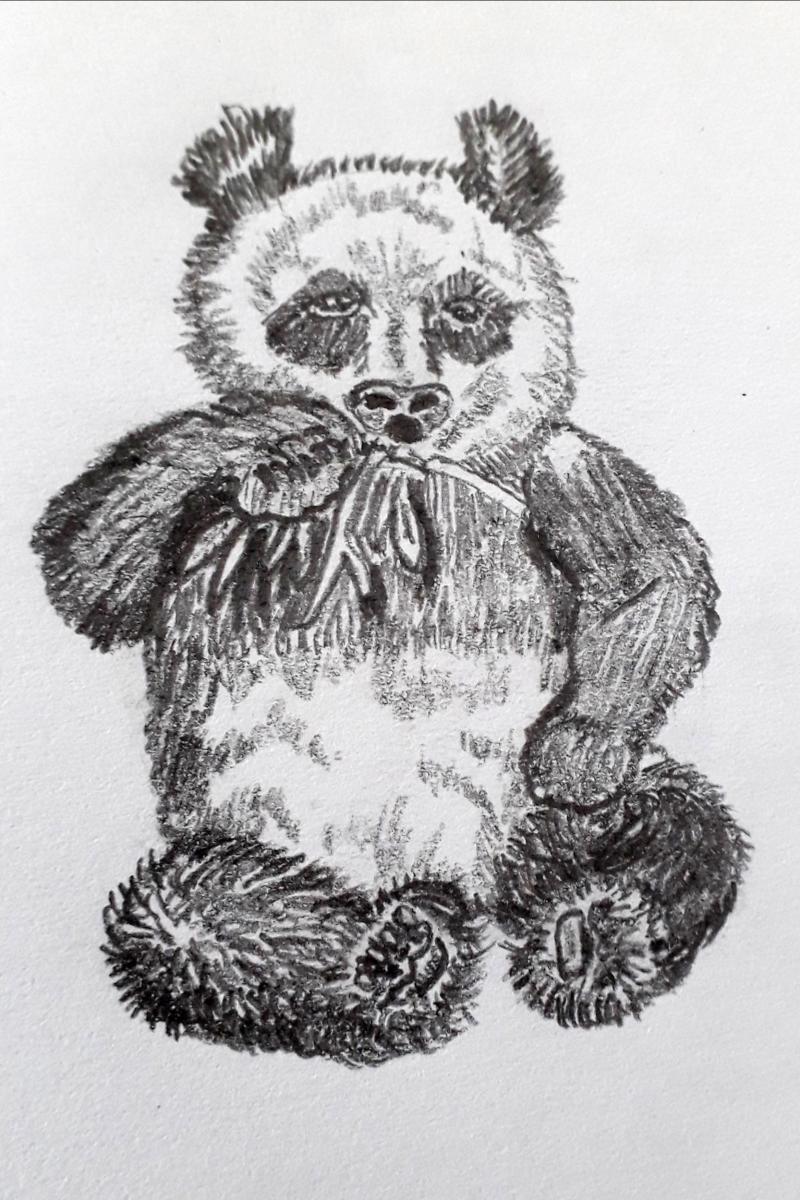
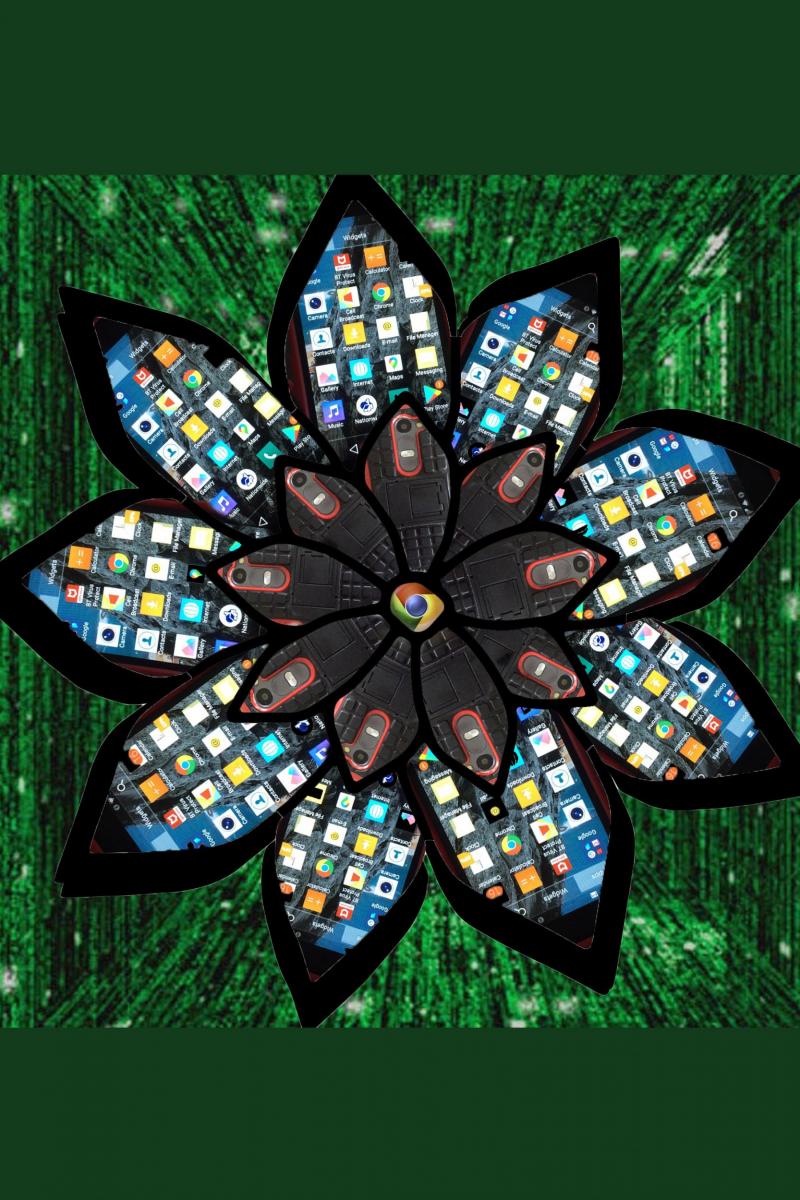
The Richmond Fellowship groups reason for choosing their objects:
- The axe - I loved the fact that it was an every day tool that had taken hours of work to create by hand. The brooch - the workmanship and style was surprising for the age of the piece and again it was of practical use every day.
- The axe required a lot of workmanship to shape it into the axe head, it then required many hours to get the shine on it. The broach again required many hours, but this time from different craftsmen who had to make the pin and the broach and then having to make the glass that went into the centre as well as then adding the decoration to it. remembering as well the primitive tools and knowledge that they would have had at the time
- The craftsmanship the age .I like objects that ordinary people use. Also the beauty of both objects
- The flint axe Beautiful tactile object that has been worked on painstakingly with a wondrous polish to it - the effort to produce it and that you feel you can almost touch it, even though it will be virtual The roman clasp Decorative and useful 2-part A glue was used to hold the two parts together - have an interest in adhesives due to polymer background Blue and red glass still vibrant in colour The photogrammetry was brilliant too
The Richmond Fellowship group have selected the first two objects from our archives to go into this online museum. Please do explore the objects below, we hope you enjoy them.
Neolithic polished flint axe
An early Neolithic ground and polished axe from Datchet, Berkshire. This type of axe was used for felling trees. It has a sharp, angular blade, which would have been easy to break if hitting a tree at the wrong angle – which is what has likely caused the damage visible on the edge. This axe would have originally had a wooden handle, and has been highly polished. Striations visible on the axe show that a very hard stone was used to give a good polish.
Disc brooch
A 4th century AD disc brooch, from Amesbury Down, Wiltshire. The brooch was made from copper alloy, probably originally silvered, with a glass/enamel boss in a central, circular setting. The brooch was found associated with the cremated remains of an adult, probably a male, in one of a series of cremation burials in a shallow ditch that formed a square enclosure surrounding a high-status burial.
Return to the Lost and Found Museum home page
